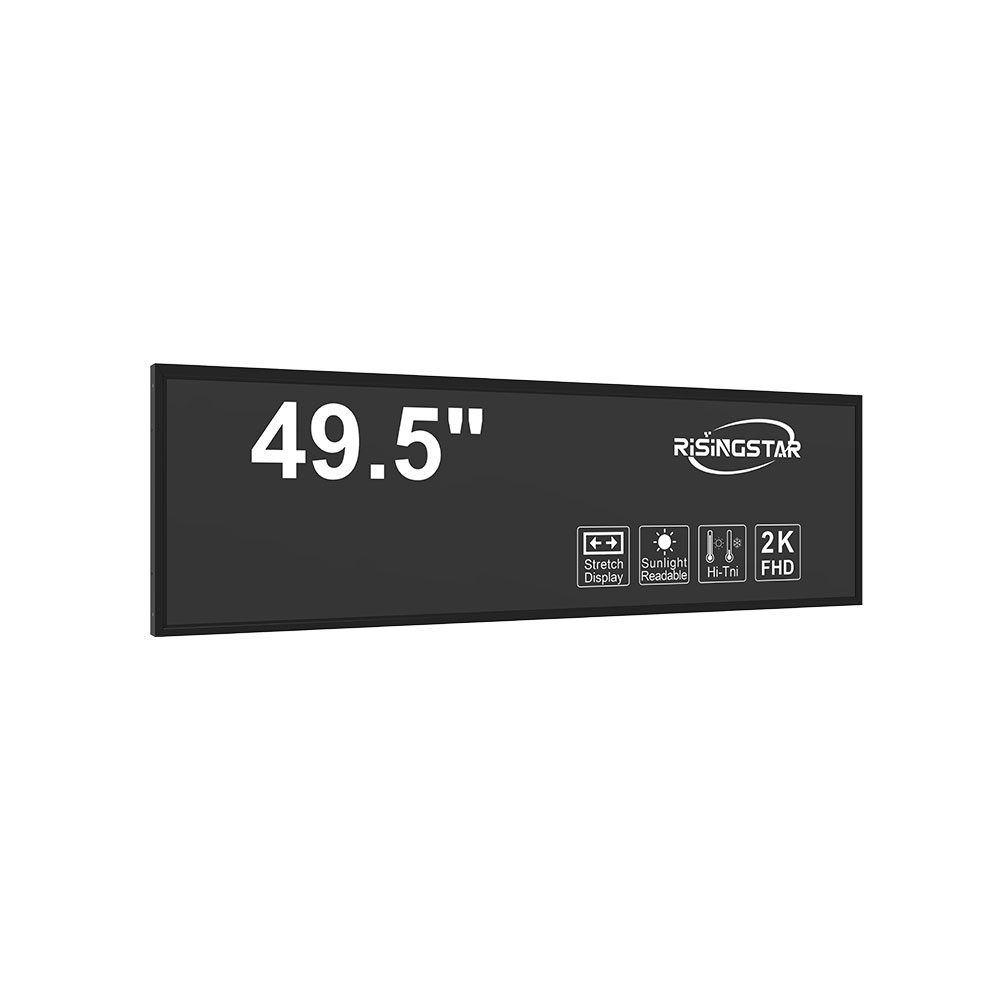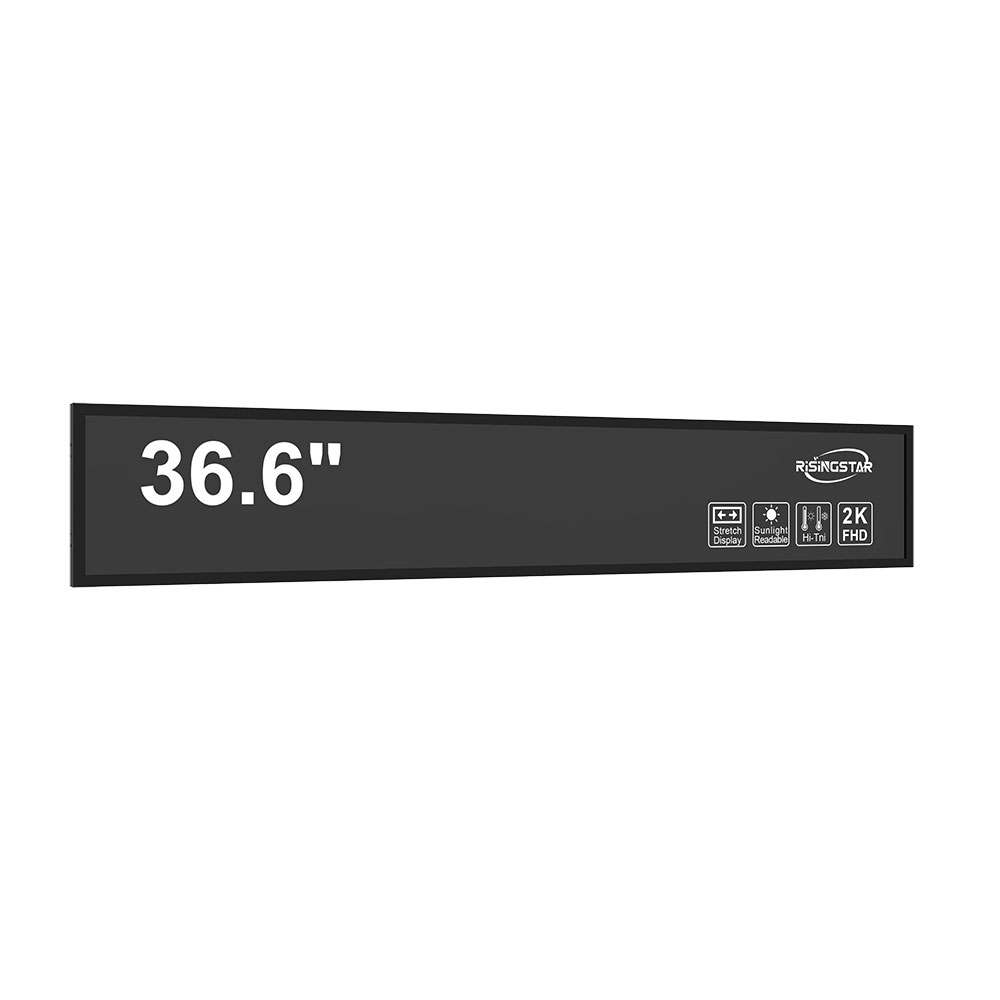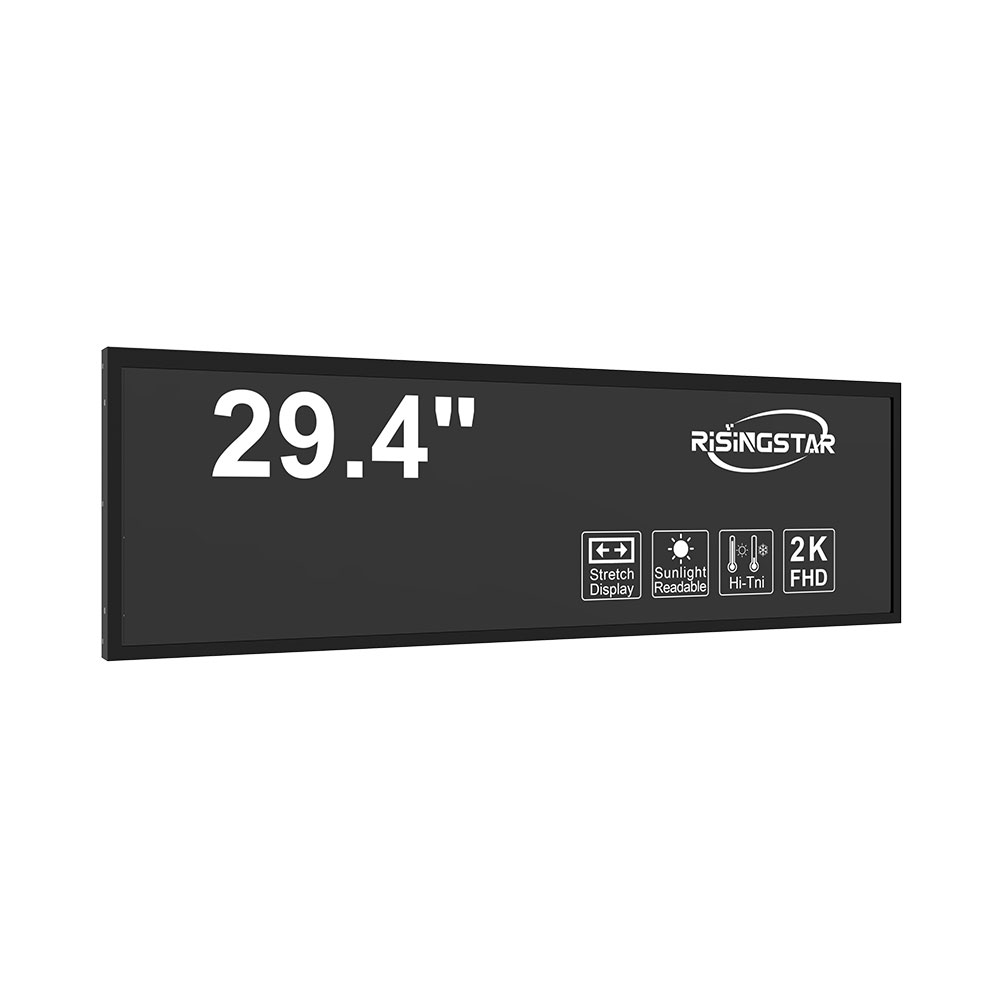- Home
- About Us
- Products
- News
- Video
- Contact
- Send Inquiry
Search
- Home
- About Us
- Products
- News
- Video
- Contact
- Send Inquiry

When selecting an outdoor high-brightness LCD screen for industrial applications—such as manufacturing control rooms, construction sites, or transportation monitoring systems—it's essential to prioritize not only visibility in direct sunlight but also durability, reliability, and compliance with global standards. For overseas equipment manufacturers and distributors, understanding these critical factors ensures that deployed displays deliver consistent performance across diverse environmental conditions, from desert heat to arctic cold.
First, brightness is the most fundamental parameter. Industrial-grade outdoor LCDs must typically exceed 5,000 nits (cd/m²) to remain legible under direct sunlight, per the ISO 9241-3 standard for visual ergonomics. Some advanced models reach up to 10,000 nits, making them ideal for harsh environments like oil rigs or solar farms. Brightness should be adjustable via ambient light sensors to reduce power consumption during low-light periods—a feature increasingly demanded by clients seeking energy-efficient solutions.
Second, display technology matters. While LED-backlit LCDs are common, newer IPS (In-Plane Switching) panels offer superior color accuracy, wide viewing angles, and better resistance to temperature fluctuations compared to TN (Twisted Nematic) panels. For industrial use, a 10-bit color depth ensures smooth gradient transitions in diagnostic interfaces or machine status indicators—an important consideration when integrating with SCADA or IoT-based systems.

Third, ruggedization is non-negotiable. Look for screens with IP65 or higher ingress protection (dust-tight and water-resistant) and IK10 impact resistance (tested against 5J mechanical impacts). These ratings align with IEC 60529 and EN 62262 standards, ensuring long-term operation in dusty, wet, or vibration-prone settings such as mining or logistics hubs. Vibration-proof mounting brackets and shock-absorbing materials further enhance system resilience.

Fourth, thermal management must be engineered into the design. Industrial LCDs often operate between -30°C to +70°C. Passive cooling via heatsinks or active cooling through fans with dust filters maintains internal temperatures within safe limits. According to a 2023 study by IEEE, improper thermal regulation causes up to 40% of premature display failures in outdoor installations.
Fifth, connectivity and integration capability are key differentiators. Modern outdoor LCDs support HDMI, DisplayPort, USB-C, and even Ethernet-based protocols like MODBUS or BACnet—enabling seamless integration with existing control infrastructure. This interoperability is crucial for OEMs looking to embed displays into larger machinery or smart building systems without costly custom firmware development.

Finally, certifications matter. Compliance with CE, FCC, RoHS, and UL 1950 standards not only validates safety but also simplifies international market entry for distributors. Case studies from companies like Siemens and ABB show that certified displays reduce warranty claims by over 30% due to predictable performance in regulated environments.
For overseas manufacturers and distributors, choosing the right outdoor high-brightness LCD isn’t just about specs—it’s about future-proofing your product line, meeting global regulatory expectations, and delivering real-world value in demanding industrial contexts.